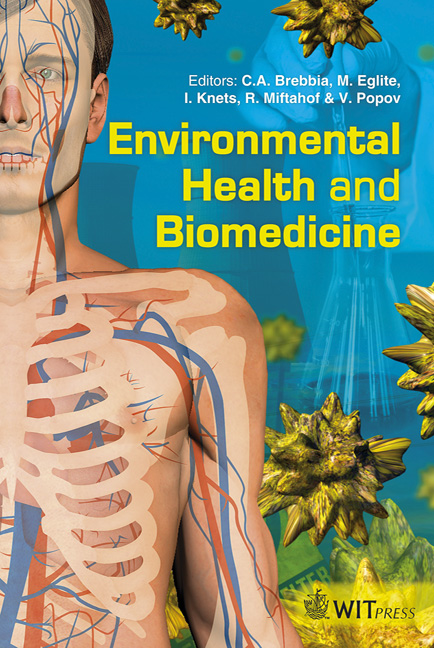Thermal Comfort In Operating Rooms: A Case Study
Price
Free (open access)
Transaction
Volume
15
Pages
10
Page Range
105 - 114
Published
2011
Size
4,050 kb
Paper DOI
10.2495/EHR110101
Copyright
WIT Press
Author(s)
F. Patania, A. Gagliano, F. Nocera & A. Galesi
Abstract
This paper focuses on thermal comfort in hospital operating rooms (ORs). Thermal comfort depends on several factors such as temperature conditions of the operating room, insulation of protective clothing, stress, rate of metabolism and safety mechanisms in the body to keep core temperature stable. The modification of any of these elements triggers defense mechanisms which in extreme cases may lead to serious disturbances in the body. The maintenance of recommended standards (ISO 7330) concerning thermal conditions in operating rooms ensures the highest possible physical capabilities of the personnel while providing maximum safety for the patients. The purpose of the present work is to report the results obtained during an experimental campaign carried out at the Umberto I Hospital in Enna in order to improve efficiency of HVAC installations to secure thermal comfort in the operating rooms. Keywords: operating rooms, thermal stress, thermal comfort. 1 Introduction A person produces thermal energy through the oxidation of glucose from what they have consumed. This process is named metabolism. A great part of this energy (80%) is used for the maintenance of the body, while 20% is expended in work. Oxidation can increase in some situations, for example, with increased activity level or increased body temperature. Indoors, the temperature of the human body remains constant. The normal temperature is about 37ºC. Outside these limits, a person is considered to be sick. However, they can survive at a minimum temperature of 32ºC and at a maximum of 42ºC [1]. Heat transfers
Keywords
operating rooms, thermal stress, thermal comfort





